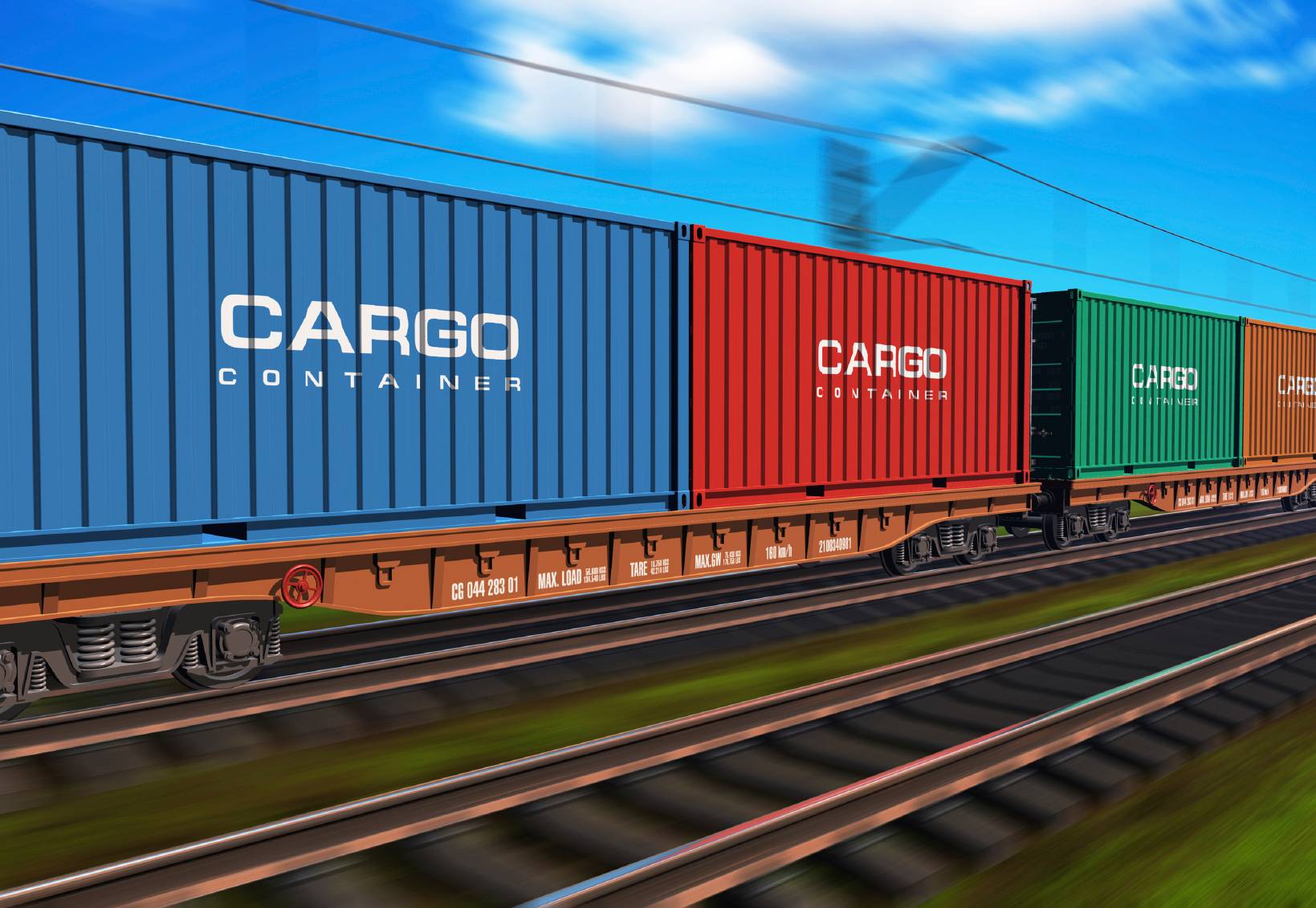Freight Rail Transport and Tracking

Freight rail transportation refers to the use of railways and trains to move cargo rather than people. As part of the logistics chain, a freight train, cargo train, or goods train is a set of freight cars (US) or goods wagons (International Union of Railways) pulled by one or more locomotives on a railway, conveying merchandise all or part of the way between the shipper and the intended destination. Bulk material, intermodal containers, ordinary freight, and specialist freight may all be transported by trains in specially constructed cars. The economics and practices of rail freight differ by country and area.
Rail transport can be more efficient than other modes of transportation when measured in ton-miles or tonne-kilometers hauled per unit of energy spent. Bulk goods generally achieve maximum economies, especially when transported over large distances. However, rail shipments are less flexible than highway shipments, thus much freight is now transported by vehicle, even across great distances. Transshipment expenses are common when moving products by rail, especially when the shipper or recipient does not have direct rail access. These expenses may surpass the cost of operating the train, a consideration that methods like containerization and Freight Trains attempt to reduce.
Large shippers have traditionally built factories and warehouses along rail lines, with a siding on their land where products are loaded into or unloaded from train carriages. Other shippers have their products transported to and from a goods station by wagon or truck. Smaller locomotives transport rail cars from sidings and goods stations to a classification yard, where each car is coupled to one of many long-distance trains being built there, depending on the destination of that car. Each long-distance train is then despatched to another classification yard when it is long enough or based on a timetable.
Track & Trace Your Tracking Number
Parcel tracking is easy. Shipment Tracking Number is the way to do it. If you don't have a number, please ask the seller to provide you one. Put the number into the search field on the main page.
Many different types of goods wagons or freight cars are used in rail freight. To ensure effective handling of the commodities, the majority of coal and aggregates are transported in hopper wagons, gondolas, or open wagons that can be quickly filled and emptied. Rail freight has a number of drawbacks, one of which is its lack of flexibility. Because of this, rail has lost a significant amount of freight business to road transport. Many governments are currently attempting to persuade more freight to travel by train due to the environmental benefits that this would offer; rail transportation is extremely energy efficient.
Many manufacturing towns arose in Europe before the railway. There was no direct rail connection to many companies. This meant freight had to pass through a goods station, be transported by train, and then unloaded at another goods station before being delivered to another facility. It was frequently more cost-effective and faster to make one movement by road when lorries (trucks) substituted horses. Towns grew alongside railways in the United States, notably in the West and Mid-West, and factories typically had a direct rail link. Carload shipping from one firm to another by rail is still prevalent, despite the closure of numerous minor lines.
Admin